
DISCUSS:
What's your favorite thing you can do now that you couldn't do when you were a baby?


Which birthday buddy do you think will change the MOST
as they grow into an adult?

DISCUSS:
How could you draw a picture that shows how you’ve changed since you were born?


01/22

02/22
ostrich. There are many ways a squirrel is very different from an
ostrich. Discuss with your partner:

03/22
Here’s a tougher question. There are ways that a squirrel and an
ostrich are the same. Discuss with your partner:

04/22

05/22
Then each of you take half and cut along these dark lines.
You’ll end up with four animal cards.

06/22
animals to your timeline. Your partner will add the other to their
timeline. Decide who will add ostrich and who will add squirrel.

07/22
You’ll cut out your animal’s name and some important events in your
animal’s life.

08/22
where it says “Birthday Buddy #1.” To keep the glue off your table,
use a scrap piece of paper, like this.

09/22
0. That’s when your animal was born. Match up the 0 on the box and
the 0 on the timeline. Glue the box in place, like this.

10/22
second, and so on. Match numbers on the other boxes from your
animal card with numbers on the timeline. Glue the boxes in place.

11/22
so the squirrel’s last birthday fits on the timeline. But ostriches can
live for 70 years! Discuss with your partner:

12/22
of paper. So we suggest you just glue the ostrich’s arrow down, like
this. It points to where 70 would be if we made the timeline longer.

13/22
turns, tell the story of your animal’s life to your partner. Start with
what happens at 0, then move from one event to the next.

14/22
of your partner’s animal. Let’s think about what’s different in the life
stories of these two animals. Discuss with your partner:

15/22
eggs and squirrels don’t. Ostriches take much longer to grow up and
have babies. And ostriches live a lot longer than squirrels!

16/22
squirrel are the same. Look at the events in the lives of these two
animals. Discuss with your partner:

17/22
grow from babies to adults. Both animals have their own babies when
they grow up. And both eventually reach their last birthday.

18/22
timeline and who will add the Hercules beetle. I’ll set a timer to give
you 30 seconds to decide.

19/22
Glue the name of your animal where it says “Birthday Buddy #2.”

20/22
Match numbers on the boxes with numbers on the timeline.
Glue the boxes in place, like this.

21/22
added—the bullfrog and the Hercules beetle. Start with what
happens at 0, then move from one event to the next.

22/22
animals. But instead of looking for differences, look for events that
are the same in the life stories of all four animals. Discuss:

DISCUSS:
If all animals eventually die, will animals exist in the future?
How do you know?



Below are ideas for extending this topic beyond the activity and exploration you just completed.
- Lesson Assessment and Answer Key
- Readings: Learn more about animal life cycles with readings!
- Activities: Two activities that let your students continue to explore animal life cycles.
- Videos: Observe the stages in the life cycles of butterflies and frogs.
The following readings are free with registration at Readworks.
These readings about frogs and bees, and hummingbirds will keep your third graders thinking about animal life cycles.
For students who are reading below grade level, here are readings about the life cycles of kangaroos (grade1), moths (grade 2), and sea turtles (Grade 2).
For students reading above grade level, check out these readings about the life cycles of butterflies (grade 5), cicadas (grade 5),
Make a Growing Caterpillar Card — This Mystery Science mini-lesson includes an activity that explores the world through the eyes of a hungry caterpillar. Students make a card that contains a caterpillar that grows! The accompanying video discusses the question: “Are butterflies the only animals that start out as caterpillars?"
Make a Poster — Have students research two different animals and then make a poster comparing and contrasting the life cycles of those animals. For students who need help getting started, check out these free printable coloring pages showing the life cycles of Birds (chicken, penguin), Fish, Reptiles (turtle), Amphibians (frog, salamander), and Insects (ladybug, mealworm, butterfly, ant, mosquito, dragonfly).
Close-up videos let students observe the stages of the Monarch butterfly’s life cycle – from the caterpillar chewing its way out of the egg to the butterfly taking flight.
A nine-year-old describes the frog life cycle and shows us tadpoles at different stages. These tadpoles are from a type of frog that develops much more quickly than the bullfrog from this lesson, going from tadpole to frog in just a few weeks.

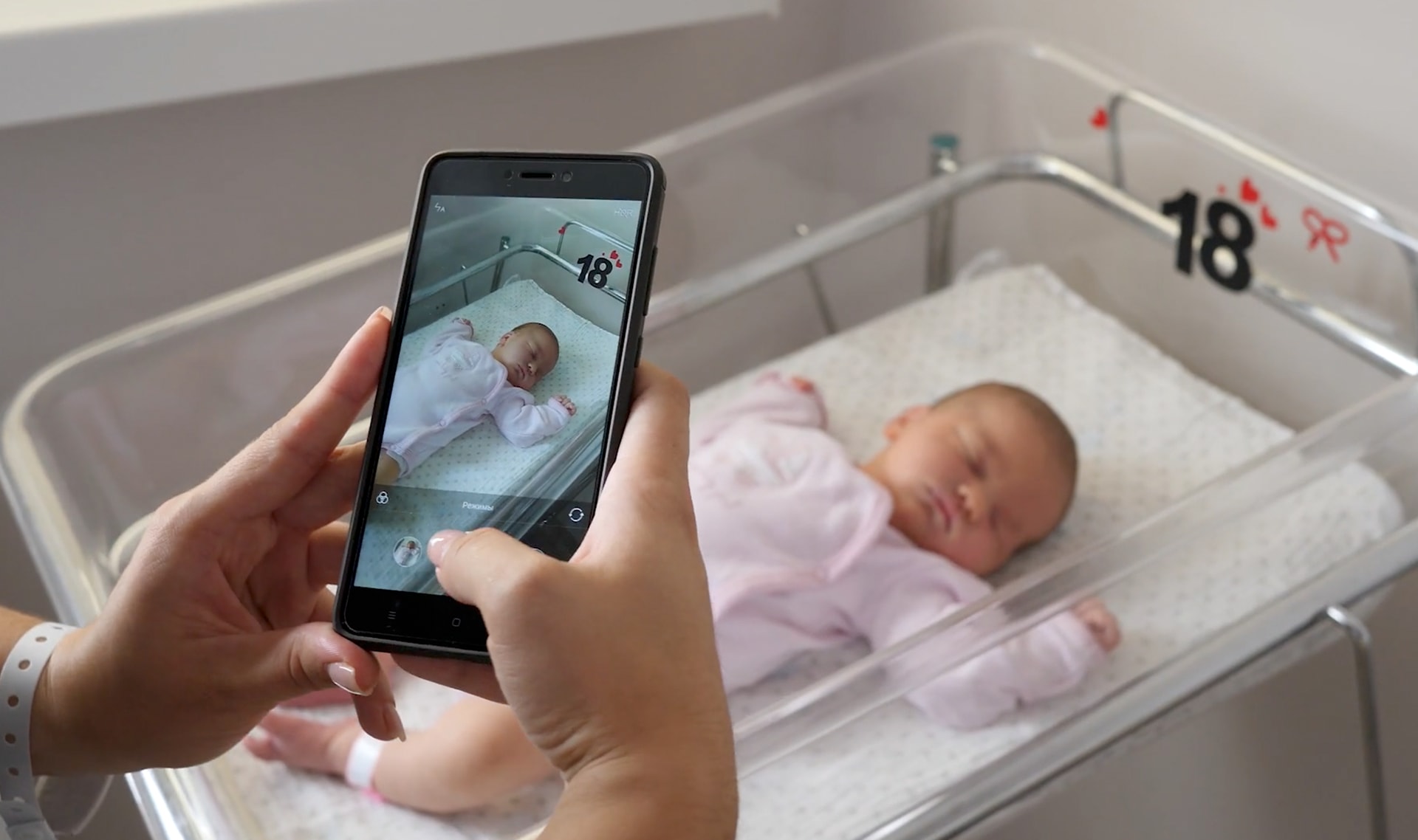
birth
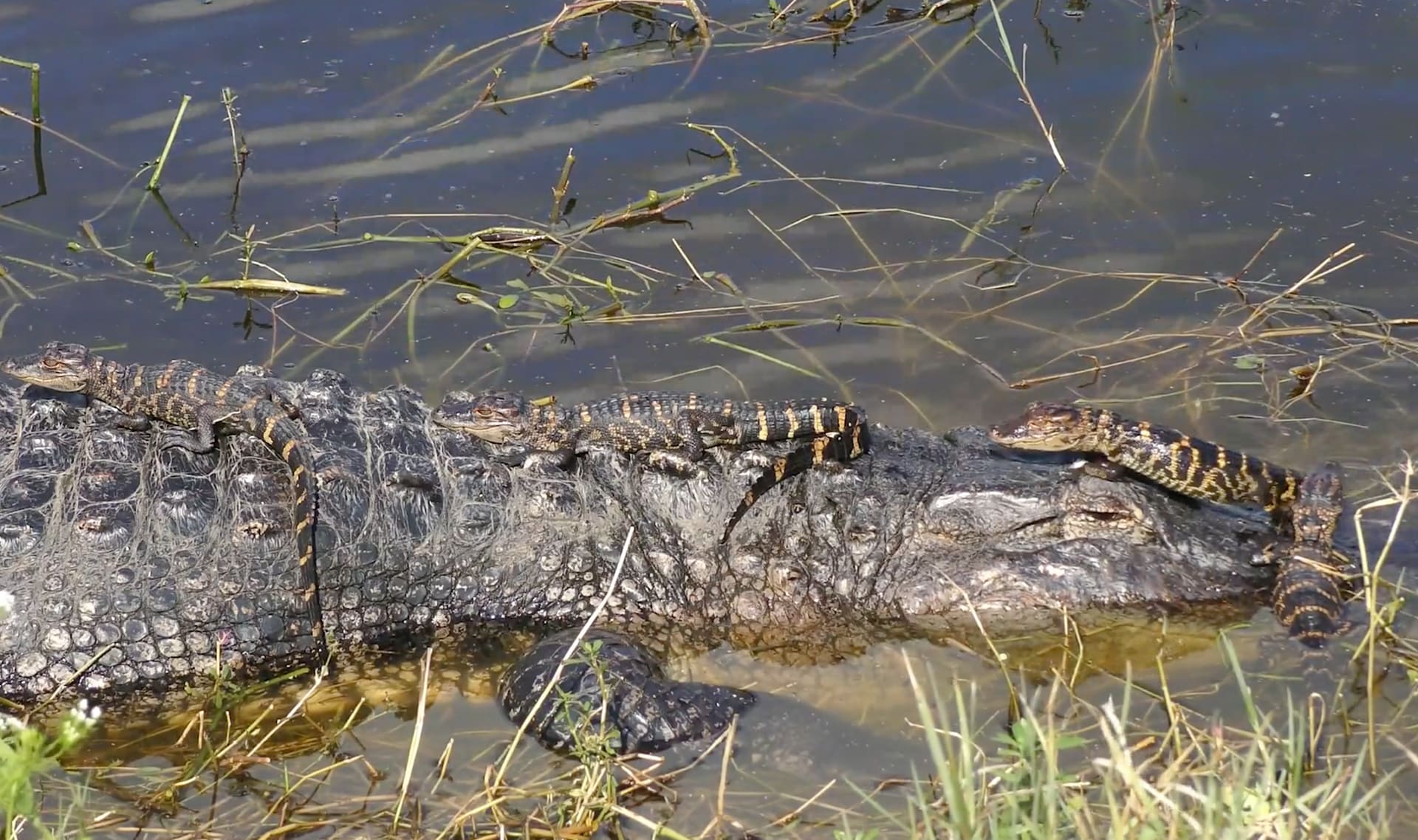
offspring
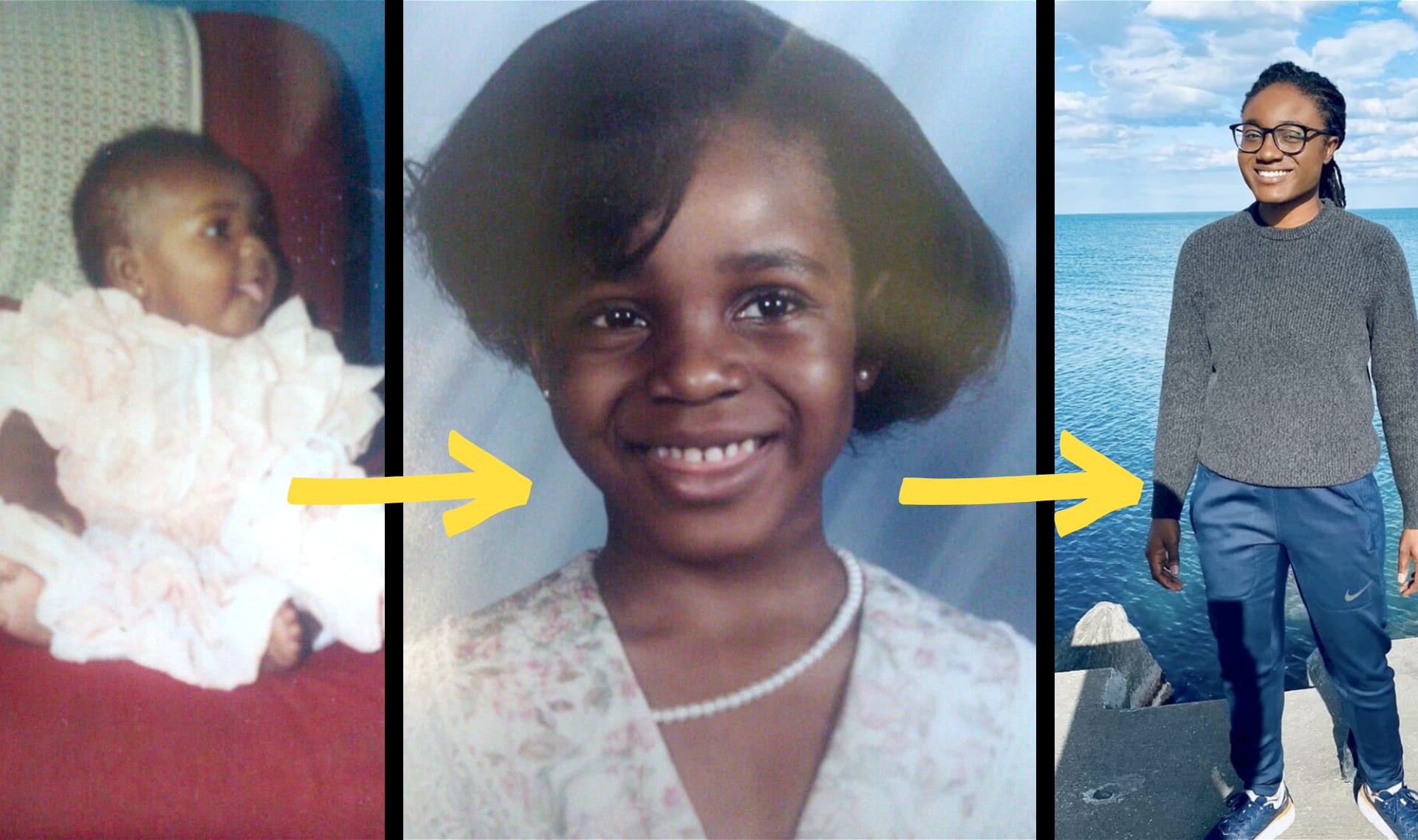
growth
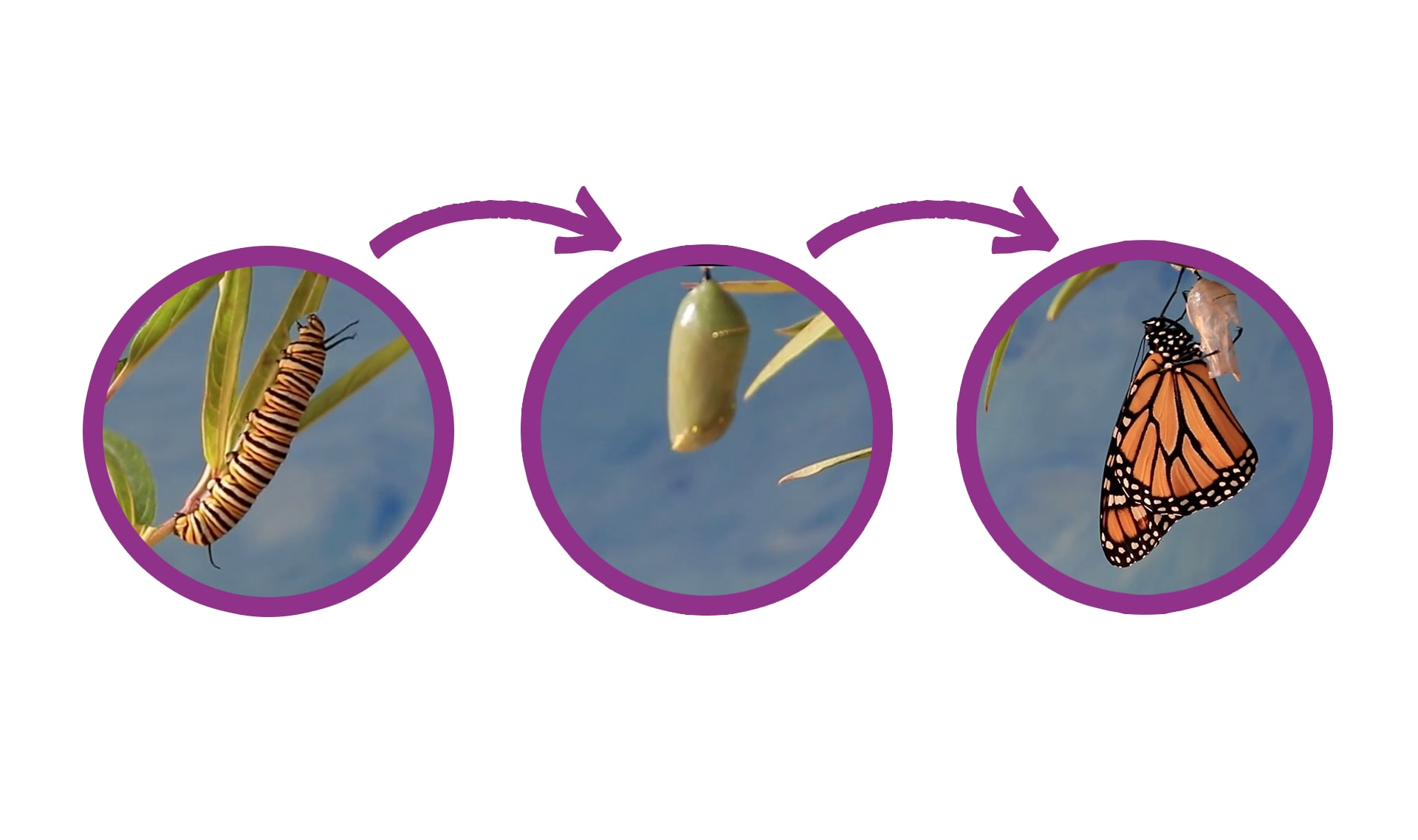
metamorphosis
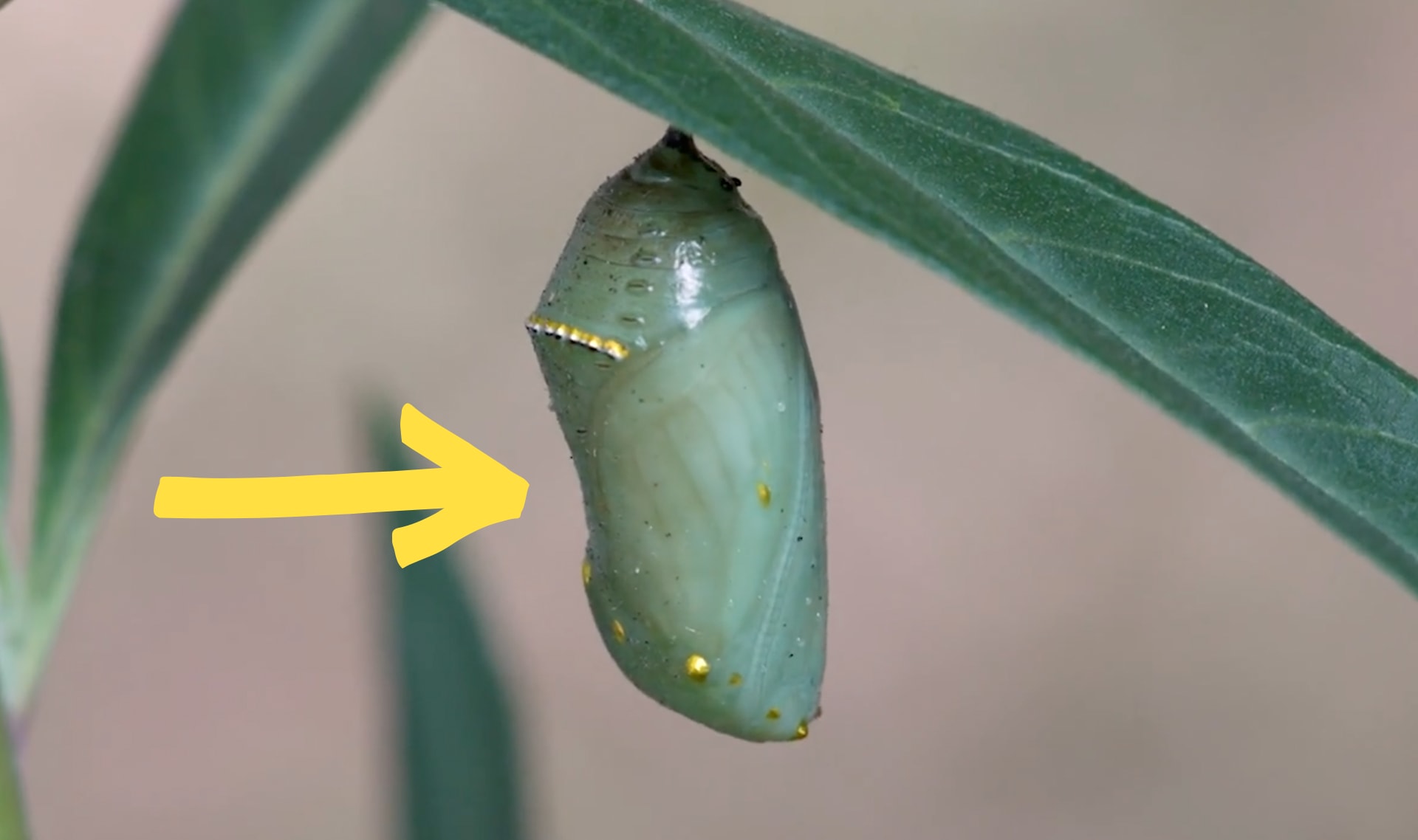
chrysalis

reproduction

death

life stage
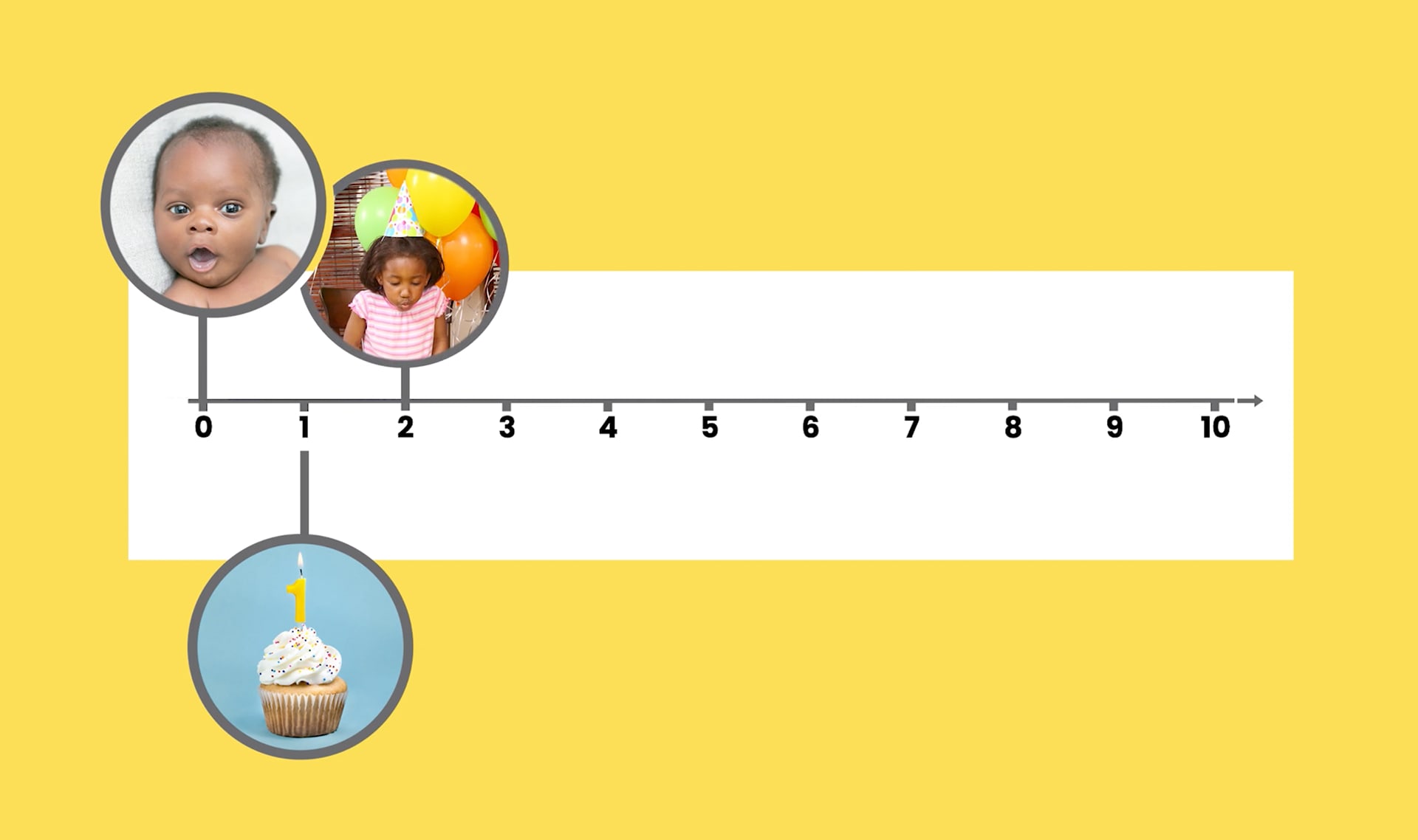
timeline

pattern
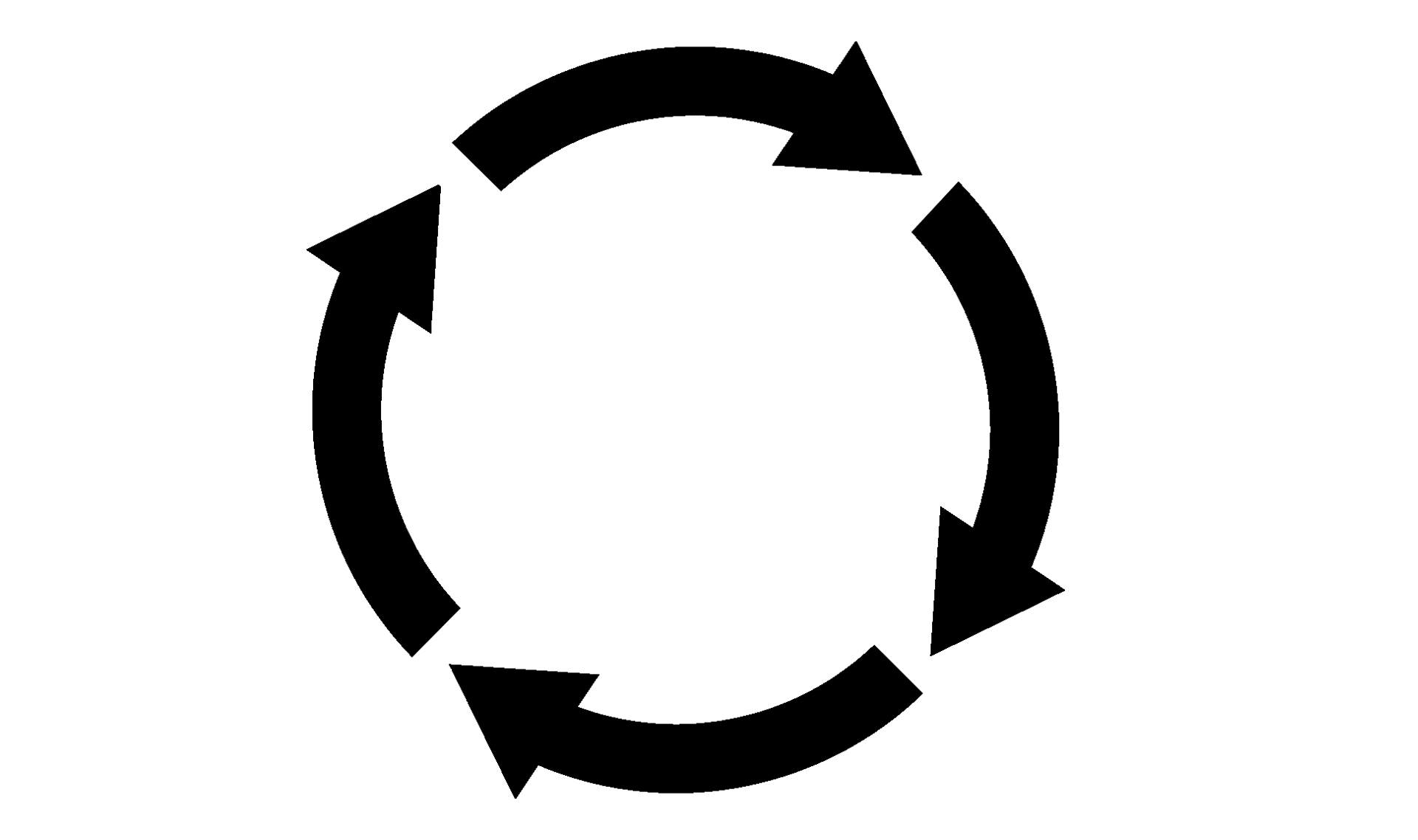
cycle

life cycle




